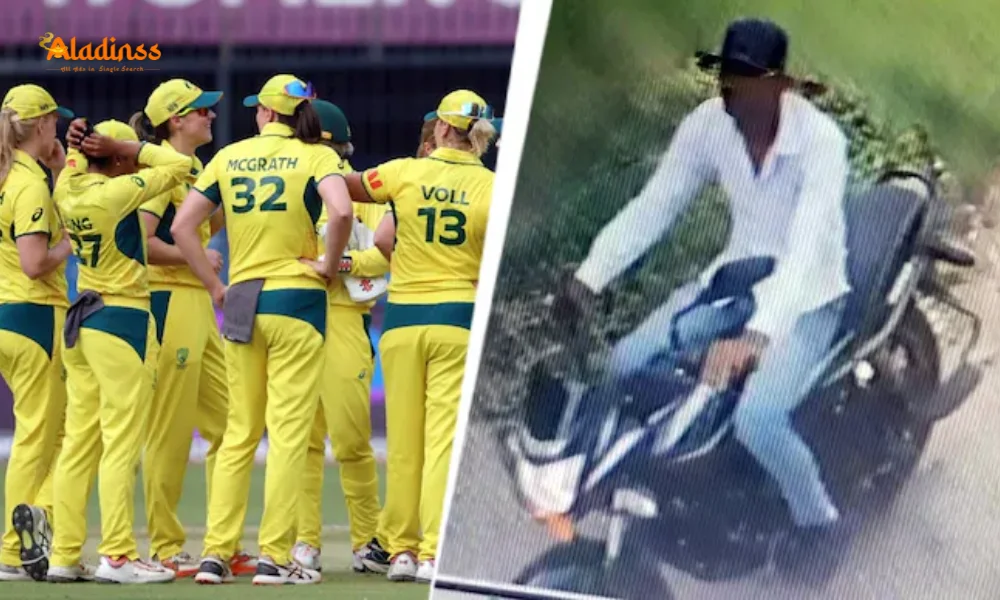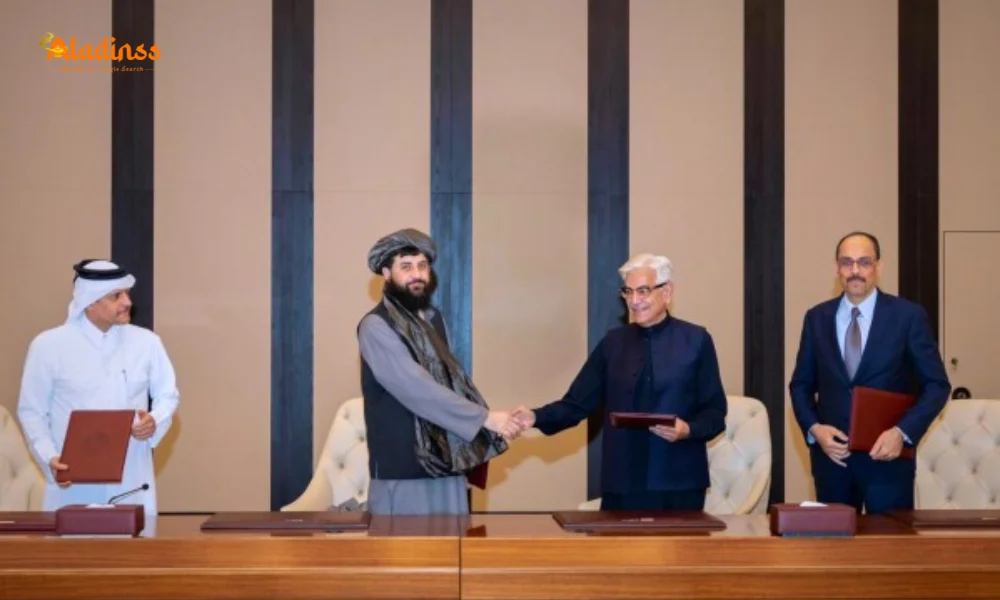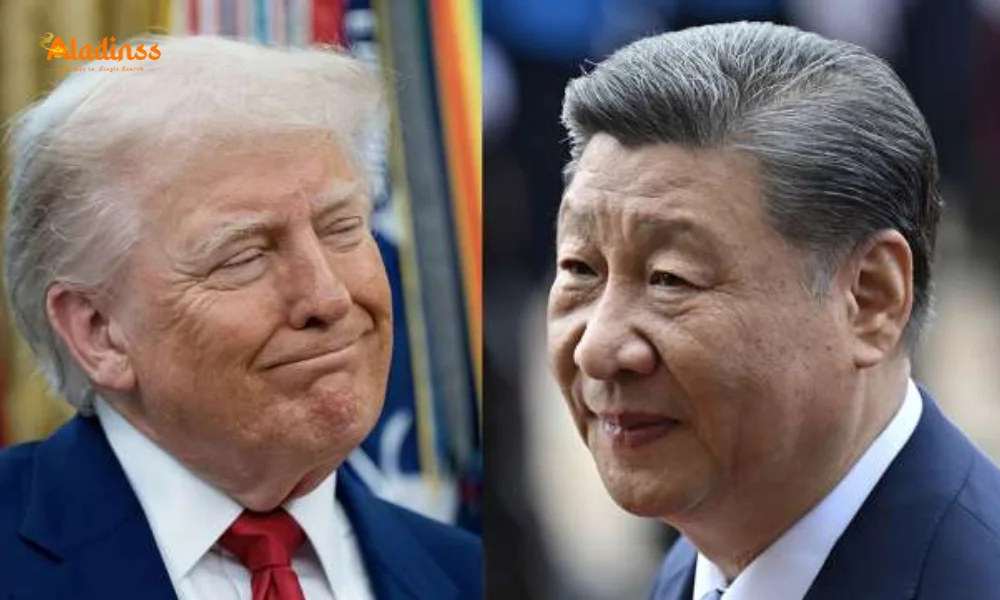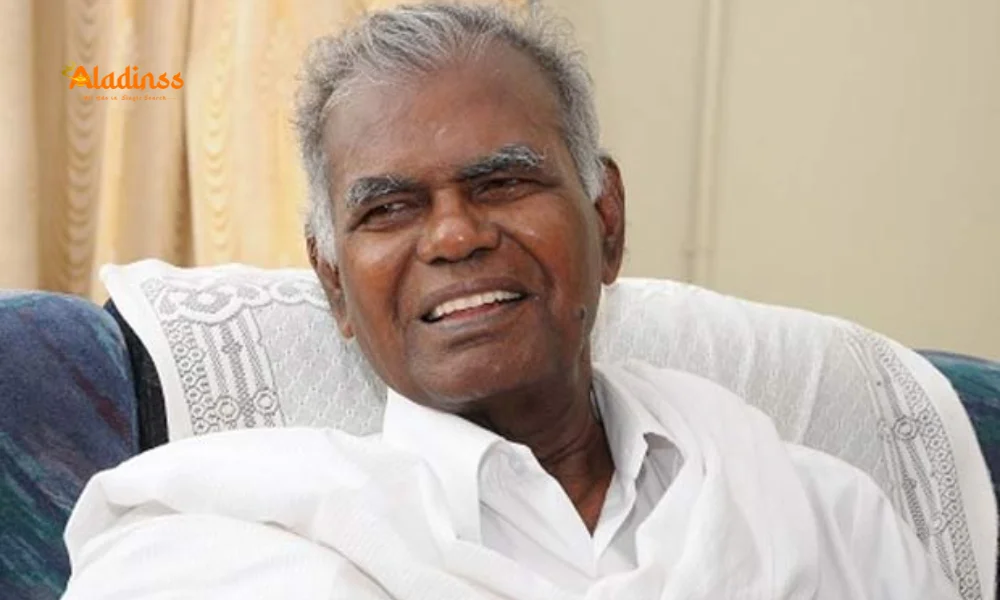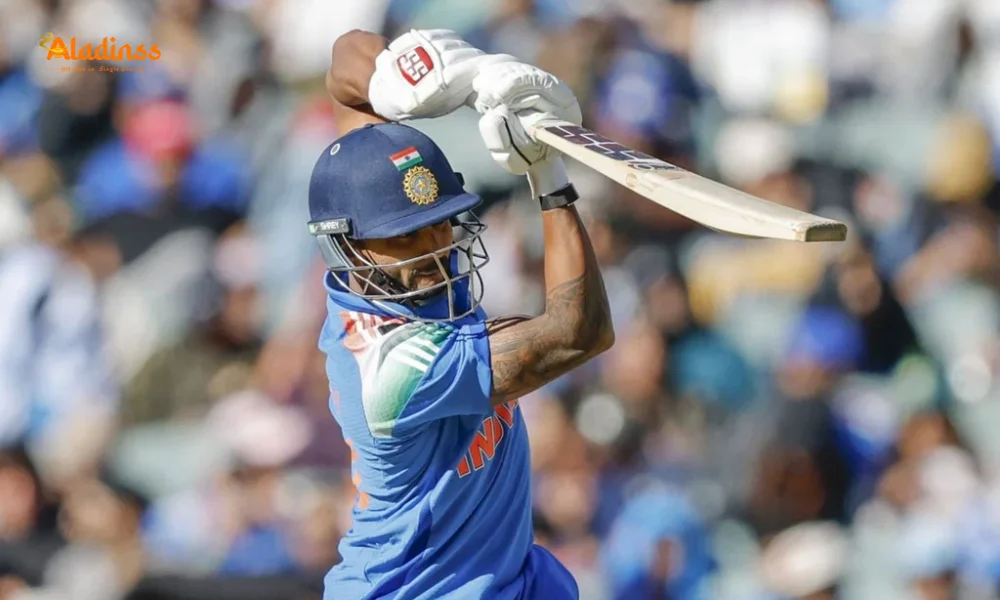India Votes for Next Vice President Today: Who Will Win?
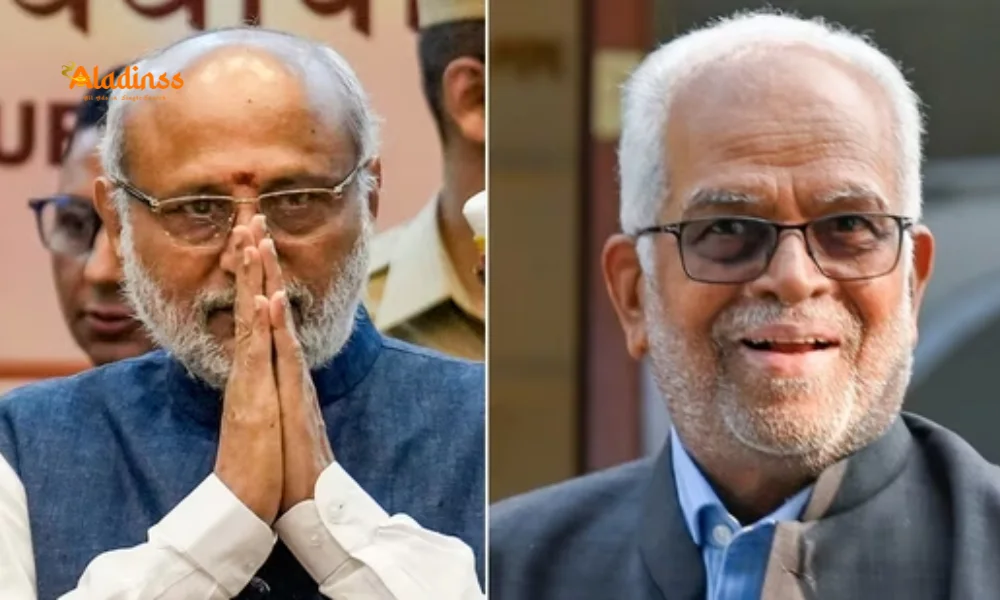
India Votes for Next Vice President Today: Who Will Win?
India is in the midst of a historic election today, September 9, 2025, to choose its next Vice President, following the unexpected resignation of Jagdeep Dhankhar in July 2025. The high-stakes contest pits C.P. Radhakrishnan, a Tamil Nadu native and the current Maharashtra Governor, representing the ruling National Democratic Alliance (NDA), against former Supreme Court Justice B. Sudarshan Reddy, the candidate for the opposition INDIA bloc. With voting underway from 10 a.m. to 5 p.m. in Parliament House, the nation awaits the results, expected to be announced tonight. This article delves into the candidates, the voting process, and the political dynamics shaping this crucial election.
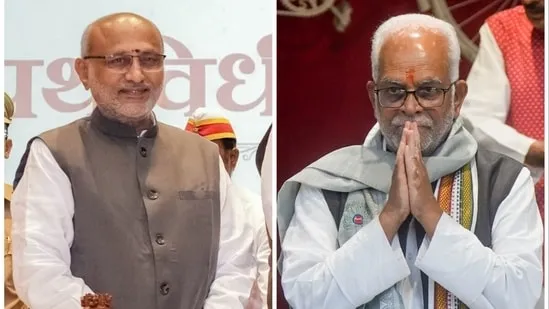
Candidates in the Race
The 2025 Vice Presidential election features a direct contest between two prominent figures. C.P. Radhakrishnan, a seasoned politician from Tamil Nadu and a member of the Bharatiya Janata Party (BJP), is the NDA’s nominee. Currently serving as the Governor of Maharashtra, Radhakrishnan brings a wealth of political experience, having been elected to the Lok Sabha twice from Coimbatore in 1998 and 1999. Known for his non-controversial demeanor and roots in the Rashtriya Swayamsevak Sangh (RSS), Radhakrishnan is seen as a strong contender, backed by the NDA’s numerical strength in Parliament.
On the other hand, B. Sudarshan Reddy, a former Supreme Court Justice, represents the INDIA bloc. Aged 79, Reddy retired from the Supreme Court in 2011 and is renowned for his landmark judgments, including his critique of the government’s handling of black-money cases and his ruling against the Salwa Judum initiative in Chhattisgarh. The opposition has framed Reddy’s candidacy as an ideological stand, urging MPs to vote based on conscience in what they describe as a battle to protect constitutional values.
Who Can Vote?
The Vice Presidential election is conducted by an electoral college comprising Members of Parliament (MPs) from both the Lok Sabha and Rajya Sabha, including nominated members. Unlike the Presidential election, where only elected MPs and state legislators vote, nominated MPs are eligible to participate in the Vice Presidential election. The Lok Sabha currently has 543 seats, with one vacancy, and the Rajya Sabha has 245 seats, with five vacancies, resulting in a total of 782 eligible voters.
To win the election, a candidate must secure a simple majority of 392 votes out of the 782 valid votes. However, with regional parties like the Biju Janata Dal (BJD), Bharat Rashtra Samithi (BRS), and Shiromani Akali Dal (SAD) announcing their decision to abstain, the effective electorate is reduced to approximately 781 MPs, lowering the majority mark to 391 votes. The NDA holds a significant advantage with 422 MPs (293 in Lok Sabha and 129 in Rajya Sabha), while the INDIA bloc has 324 MPs (249 in Lok Sabha and 105 in Rajya Sabha), making Radhakrishnan the frontrunner on paper.
Voting and Counting Process
The election is being held today, September 9, 2025, from 10 a.m. to 5 p.m. in Room No. F-101, Vasudha, Parliament House, New Delhi. Voting is conducted through a secret ballot, ensuring MPs can vote freely without the influence of party whips, as per the provisions of the Presidential and Vice-Presidential Elections Act, 1952. MPs mark their preference on ballot papers, indicating their choice by writing the figure “1” next to their preferred candidate’s name. The figure can be written in Indian numerals, Roman numerals, or any recognized Indian language, but not in words, to avoid invalidation.
Counting begins at 6 p.m. under the supervision of the Returning Officer, P.C. Mody, and Election Commission observers. The election uses the single transferable vote (STV) system, where a candidate needs to secure at least 391 votes to win. With only two candidates in the fray, the process is straightforward: the candidate with more votes in the first round of counting will be declared the winner. If more candidates were contesting and none achieved the majority, the candidate with the fewest votes would be eliminated, and their votes redistributed based on second preferences until a winner emerges. The results are expected to be announced later tonight, providing clarity on India’s next Vice President.
Political Dynamics and Numerical Advantage
The NDA’s numerical strength gives C.P. Radhakrishnan a clear edge, with 422 MPs compared to the INDIA bloc’s 324. Prime Minister Narendra Modi, who cast the first vote this morning, has expressed confidence in Radhakrishnan’s candidacy, stating on social media that his nomination has generated widespread enthusiasm. Union Minister Kiren Rijiju echoed this sentiment, predicting that Radhakrishnan could secure more votes than the NDA’s official tally, potentially due to cross-voting or support from unaligned MPs.
The INDIA bloc, led by parties like Congress, DMK, and Samajwadi Party, has framed the election as an ideological battle, urging MPs to vote for Sudarshan Reddy to uphold constitutional values. Reddy himself has expressed confidence, emphasizing the importance of awakening MPs’ consciences. However, the opposition faces challenges in consolidating its votes, especially with some MPs reportedly considering cross-voting. The absence of party whips and the secret ballot system add an element of unpredictability, though the NDA’s majority makes a Radhakrishnan victory highly likely.
Role of the Vice President
The Vice President of India serves as the second-highest constitutional authority, acting as the ex-officio Chairman of the Rajya Sabha. This role involves presiding over Rajya Sabha sessions, maintaining parliamentary decorum, and casting tie-breaking votes when necessary. The Vice President also assumes the President’s duties in case of a vacancy or the President’s inability to perform due to illness or other reasons. Additionally, the Vice President undertakes diplomatic missions to strengthen India’s global relations, a responsibility that has gained prominence in recent years.
The term of the Vice President is five years, though they may continue in office until a successor is elected. The Vice President can be removed through a resolution passed by a majority in the Rajya Sabha and agreed upon by the Lok Sabha, ensuring accountability to the parliamentary system. The elected candidate will not only fill the vacancy left by Dhankhar but also play a pivotal role in shaping legislative proceedings as the Rajya Sabha Chairman.
Why This Election Matters
The 2025 Vice Presidential election is a significant political event, marking the first early election for the office since 1987. Triggered by Jagdeep Dhankhar’s resignation due to health concerns, the election tests the strength of India’s major political alliances. The NDA’s dominance in Parliament positions it favorably, but the INDIA bloc’s appeal to conscience-based voting and the absence of party whips introduce an element of intrigue. Regional parties’ decisions to abstain, citing issues like the Punjab flood crisis, further highlight the complex interplay of national and local priorities.
The outcome of tonight’s results will not only determine India’s next Vice President but also signal the relative strength of the NDA and INDIA bloc ahead of future parliamentary battles. With Radhakrishnan favored to win, the focus will be on the margin of victory and any potential cross-voting, which could reflect underlying tensions within alliances. As the nation watches, the election underscores the importance of the Vice Presidency in India’s constitutional framework and its role in maintaining legislative balance.
Comment / Reply From
No comments yet. Be the first to comment!
